Teshima Art Museum was collaboratively created by artist Rei Naito and architect Ryue Nishizawa on a hilltop overlooking the Seto Inland Sea in the Karato district. The museum, which resembles a water droplet at the moment of landing, is located in the corner of a rice terrace that was restored in collaboration with local residents. The concrete shell structure devoid of pillars directly lets in an abundance of wind, sounds and light through the two openings in its ceiling. It is an organic space where nature and architecture interact with each other. In the interior space, water continuously springs from the ground in a day long motion. This setting, in which nature, art and architecture come together with such limitless harmony, conjures an infnite array of impressions with the passage of seasons and the flow of time.
Ryue Nishizawa Teshima Art Museum
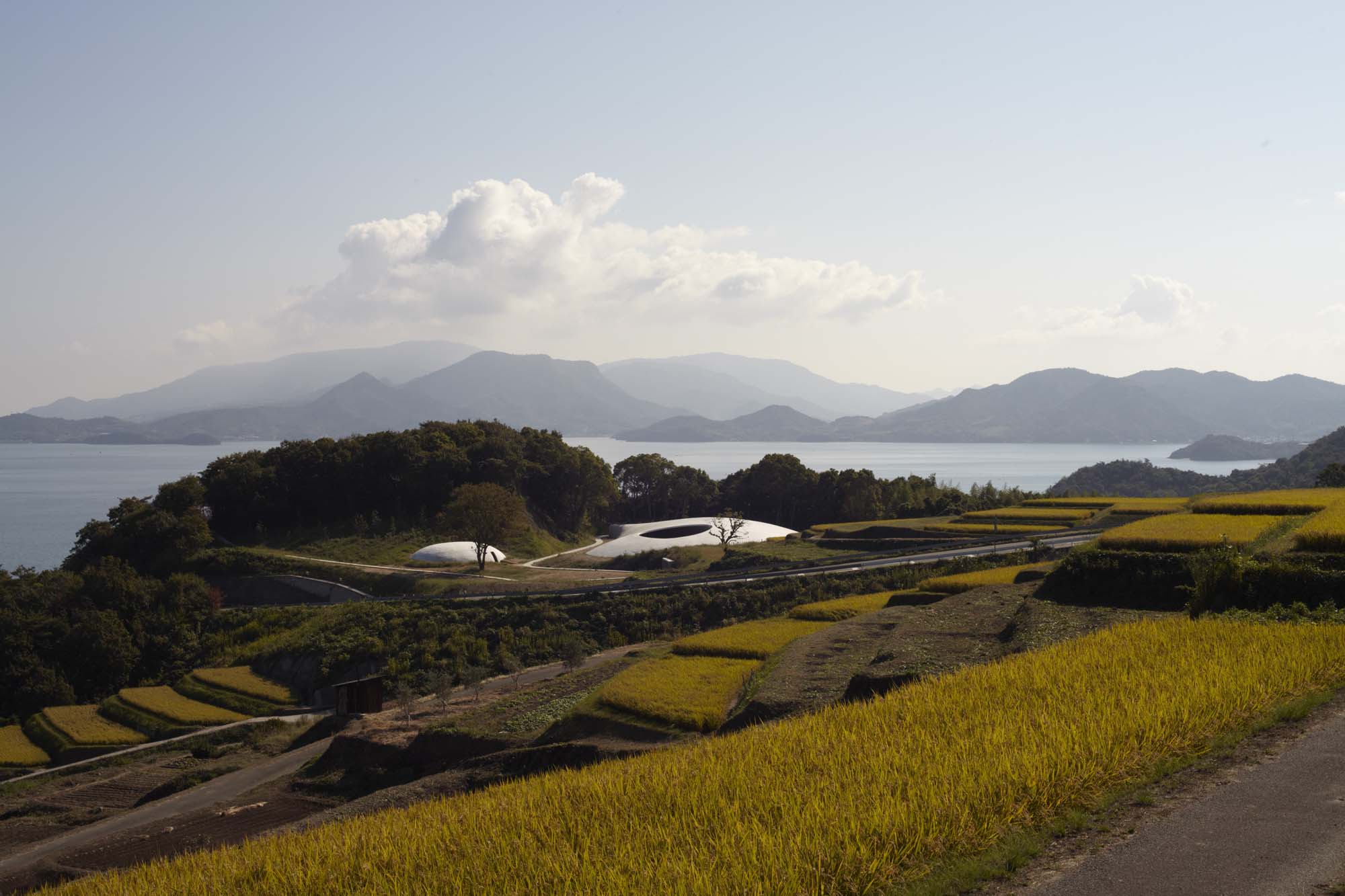
Teshima Art Museum Rei Naito: Matrix, 2010 Photo: Noboru Morikawa
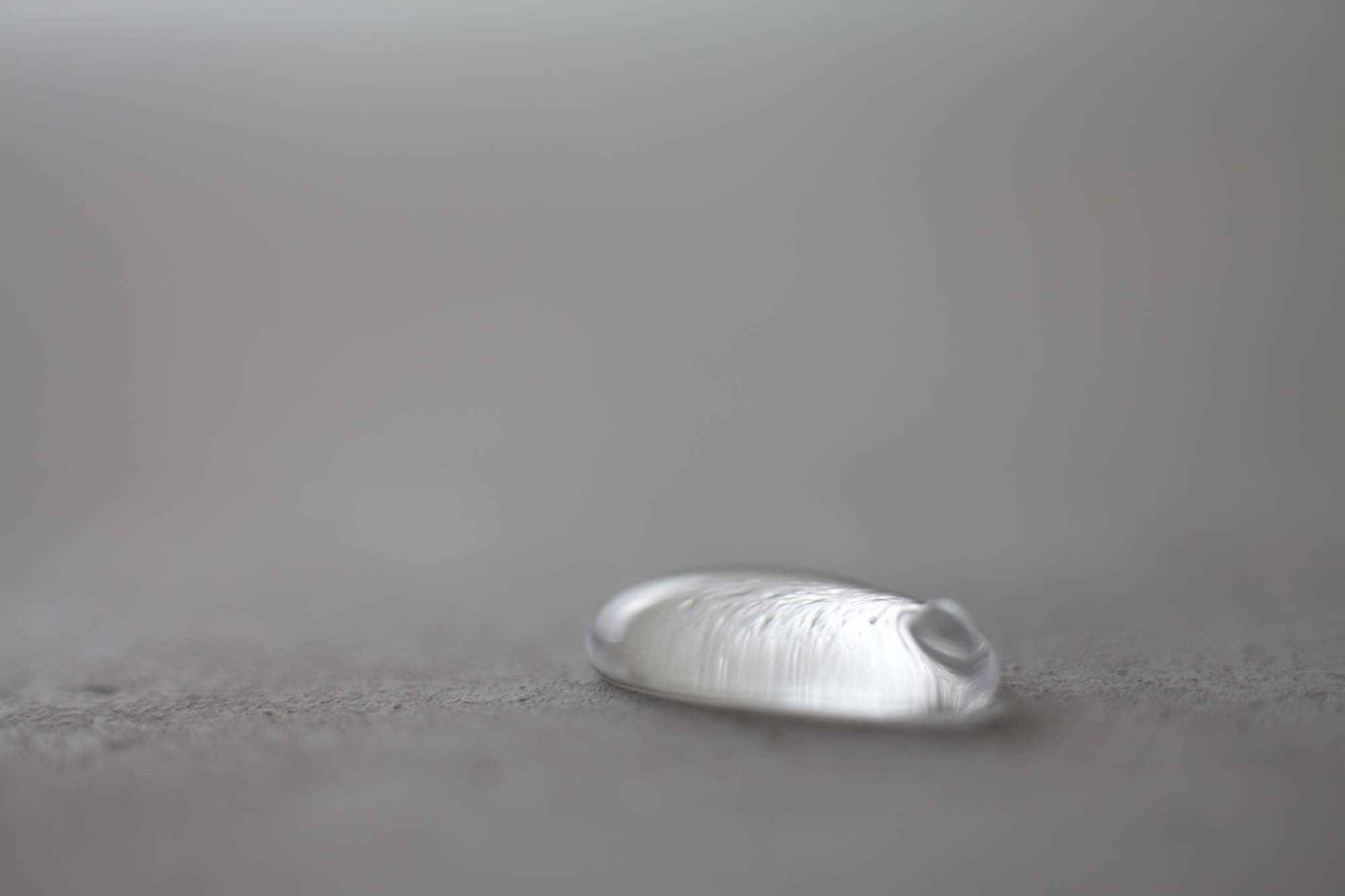
Teshima Art Museum Rei Naito: Matrix, 2010 Photo: Noboru Morikawa
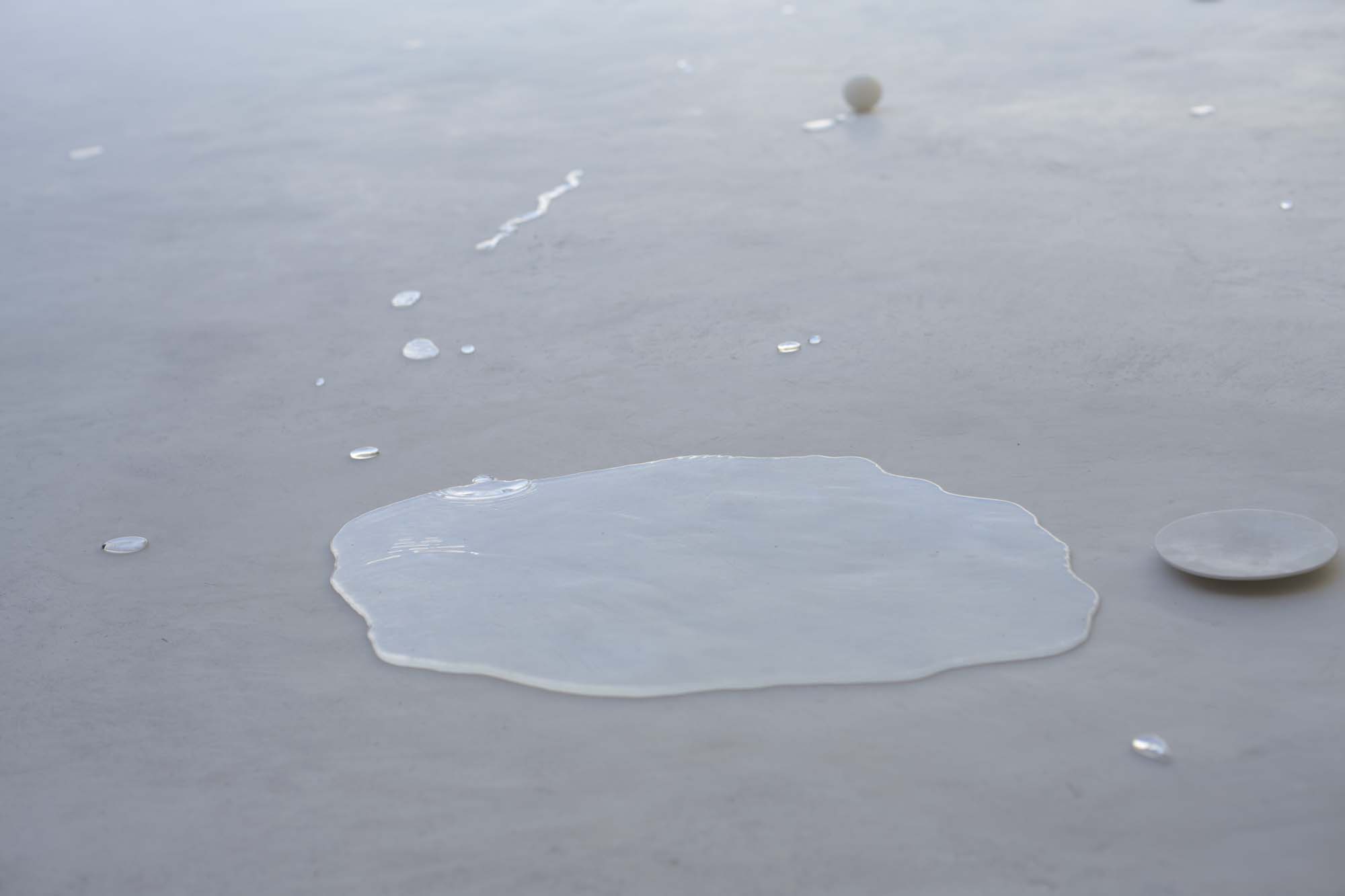
Teshima Art Museum Rei Naito: Matrix, 2010 Photo: Noboru Morikawa
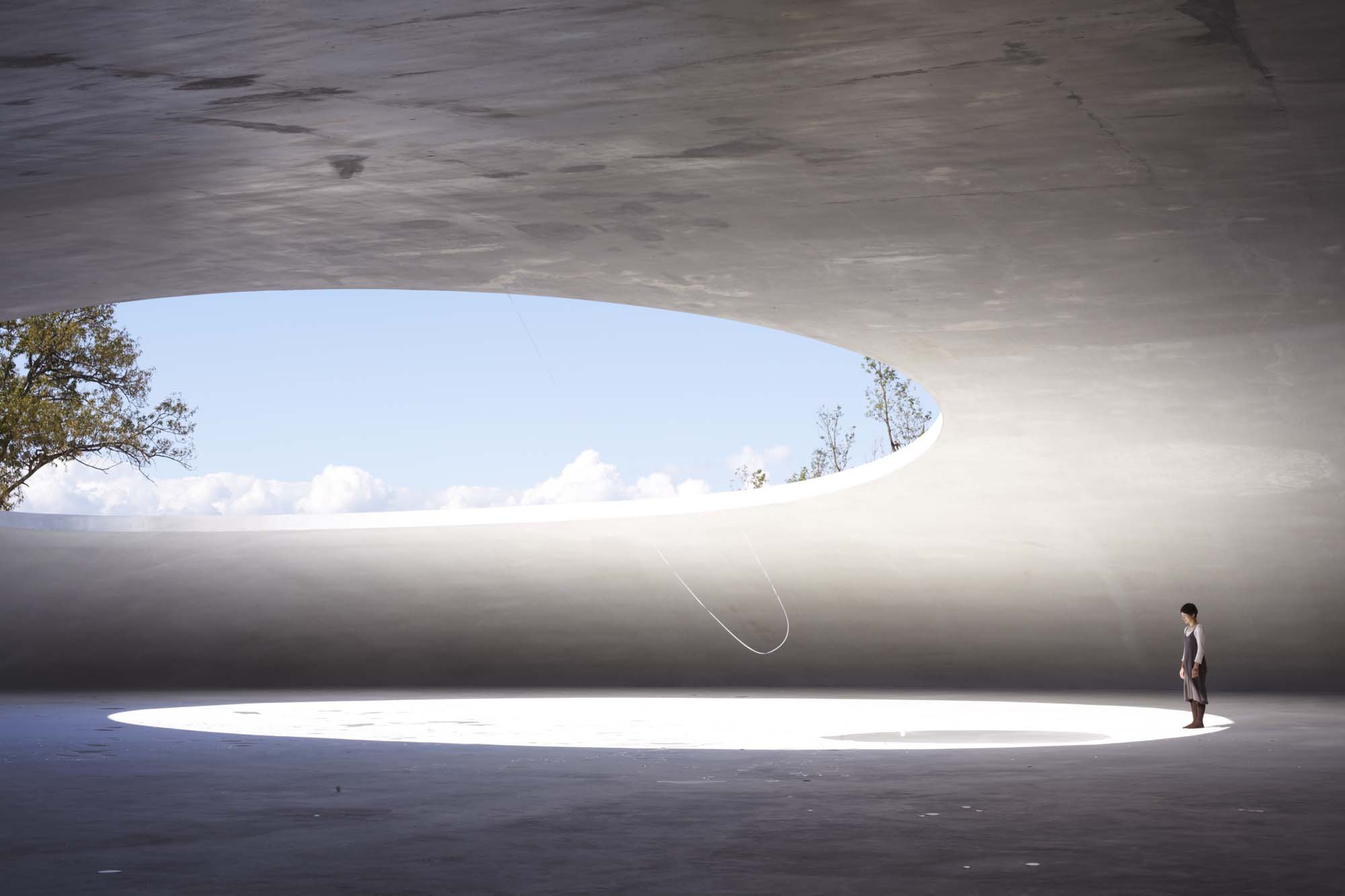
Teshima Art Museum Rei Naito: Matrix, 2010 Photo: Noboru Morikawa

Teshima Art Museum Rei Naito: Matrix, 2010 Photo: Noboru Morikawa

Teshima Art Museum Rei Naito: Matrix, 2010 Photo: Noboru Morikawa
Art
Artist: Rei Nato
Naito considers“ Matrix” as an expression of“ the continuity between nature, which forms the basis of this world, and life on earth”. It is something that is always with us, something that everything is born from and nurtured by, and which makes life on earth possible. In ”Matrix” at Teshima Art Museum, water trickles out from the ground, here and there, throughout the day. As light, wind and the voices of birds ー on occasions also rain, snow, and bugs ー enter through the two openings and come in resonance with each other, an in nity of expressions are revealed as time passes. Drops or streaks of water ow, stop, gather, and move to make puddles. As if breathing, the puddles grow larger, at times joining with other water droplets. Feeling close to nature while watching the continuous movements of droplets and the swinging ribbons suspended by the openings, one comes aware of the presence of swaying strings of very thin thread and shimmering tiny beads. Immersing calmly in this space, feeling united with nature, we may sense the joy of life on earth.
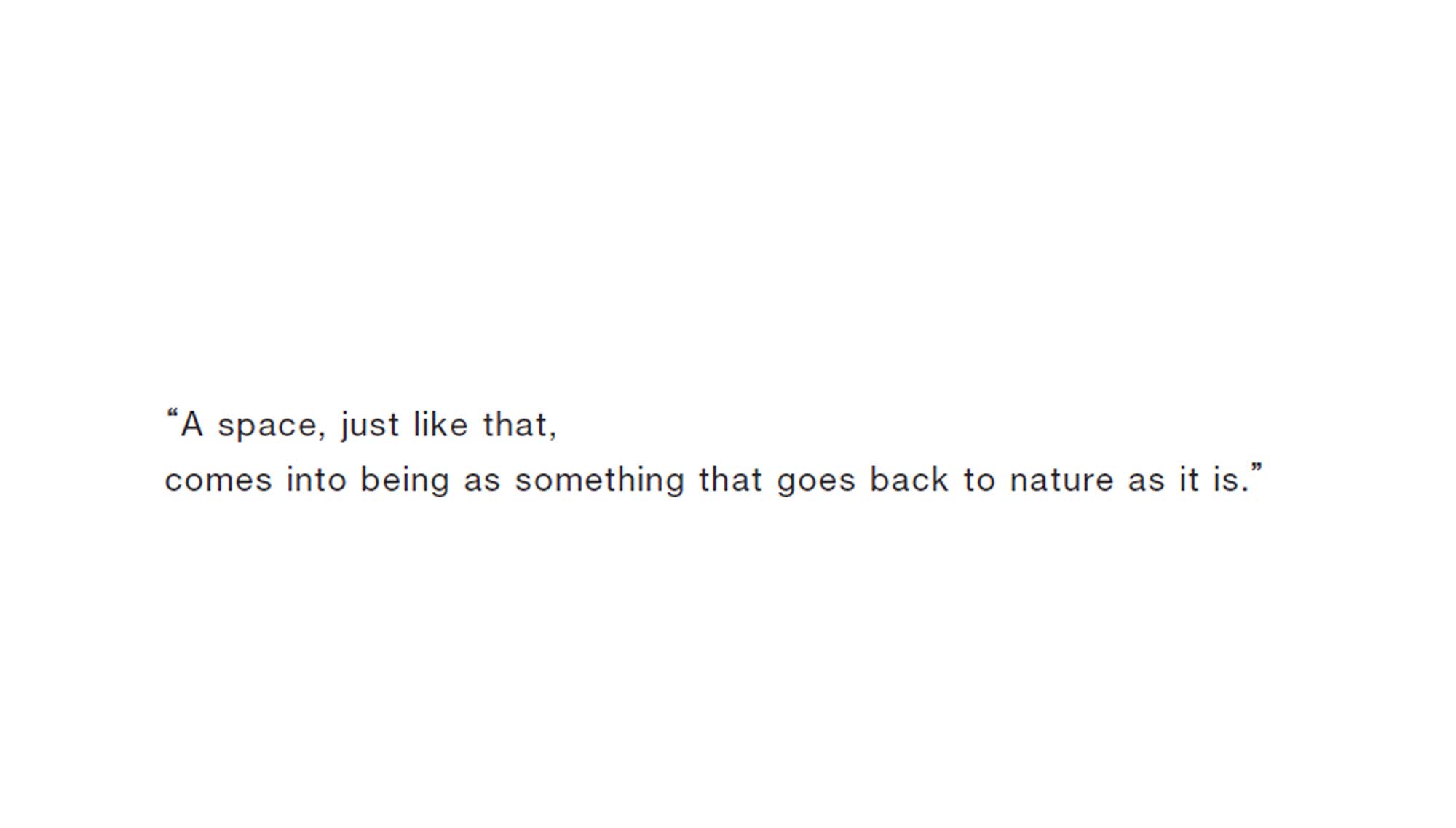
Rei Naito "Matrix" (2010) Materials; groundwater, concrete, stone , ribbon, string, beads Dimensions: 40m x 60m x 4.5m
Architecture & Landscape
Architect: Ryue Nishizawa
The droplet-shaped architecture of Teshima Art Museum was designed by architect Ryue Nishizawa. The structure measures 40 meters by 60 meters, with a maximum height of 4.5 meters. It is a lowconcrete-shell structure without pillars or columns to support it. The surrounding nature directly flows through the two openings into its organic and horizontal interior space. The design of the landscape was inspired by the straight lines of the rice terraces around the museum and the free curves of the landform of the site. All the plants used here are indigenous weeds growing on Teshima, so that the museum becomes part of the environment of the Karato area. Walking along the promenade leading to the museum, one can enjoy the beautiful view and learn about the history of the area.
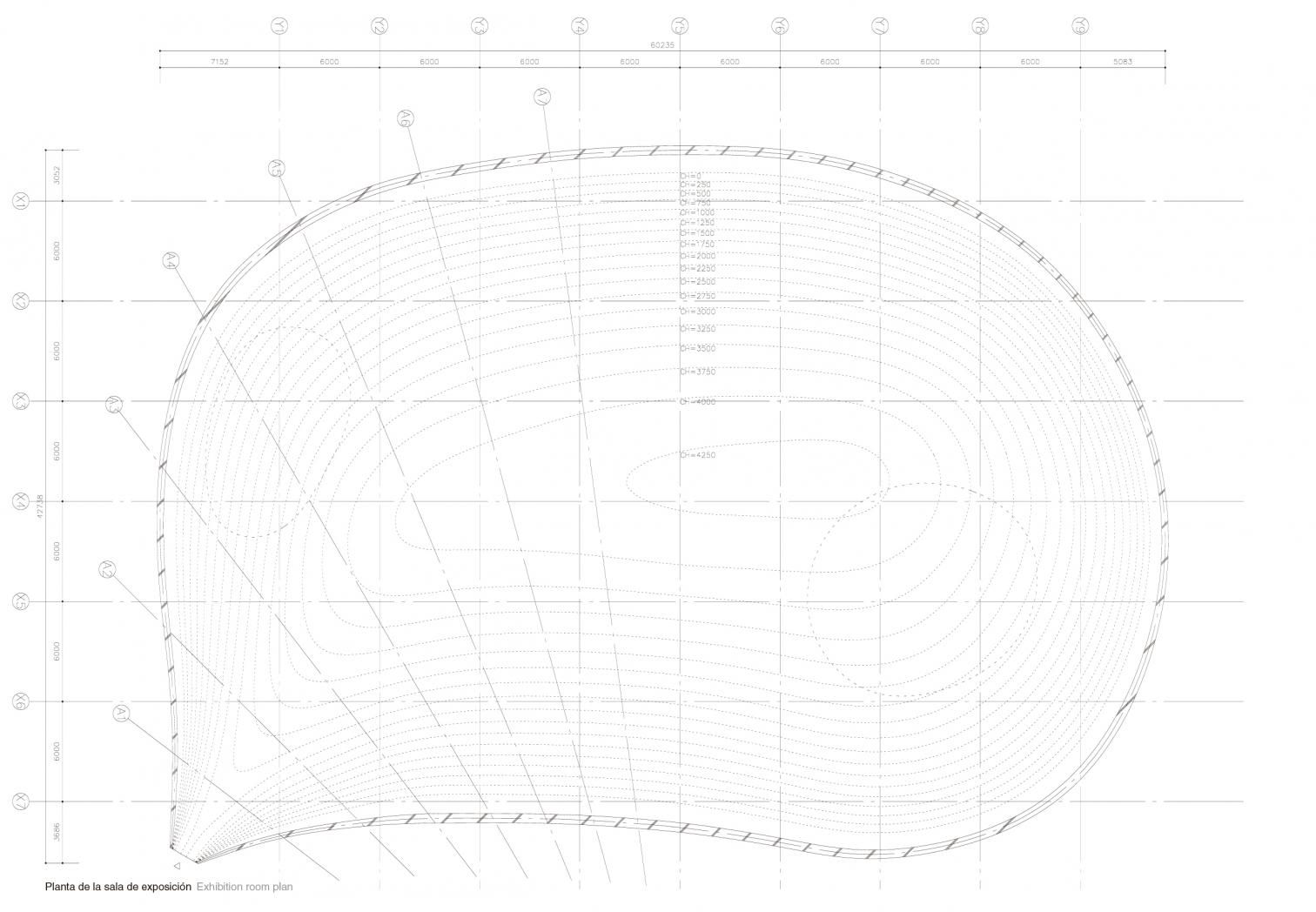
Teshima Art Museum Ryue Nishizawa
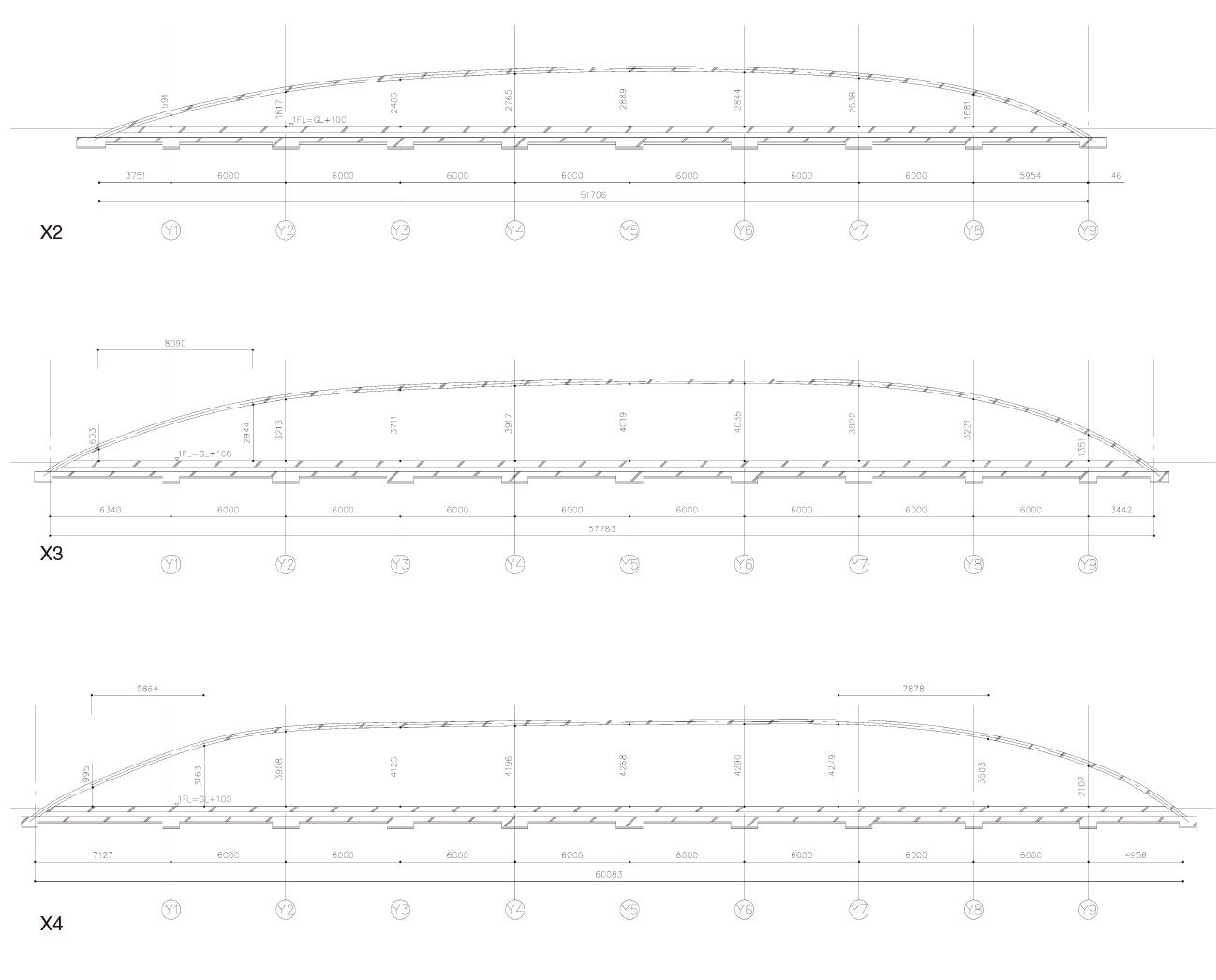
Teshima Art Museum Ryue Nishizawa
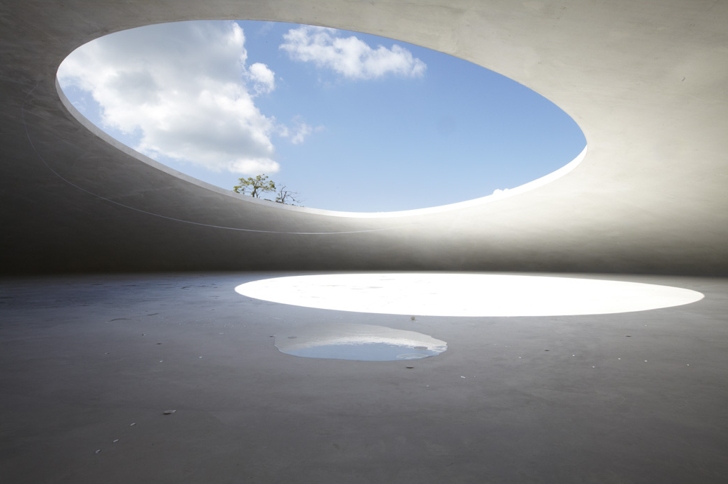
Courtesy of Noboru Morikawa
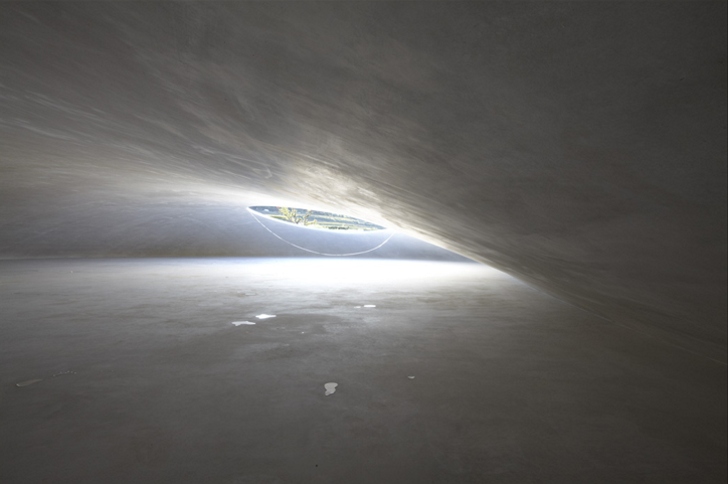
Teshima Art Museum Rei Naito: Matrix, 2010 Photo: Noboru Morikawa
Other projects by Ryue Nishizawa, SANAA




